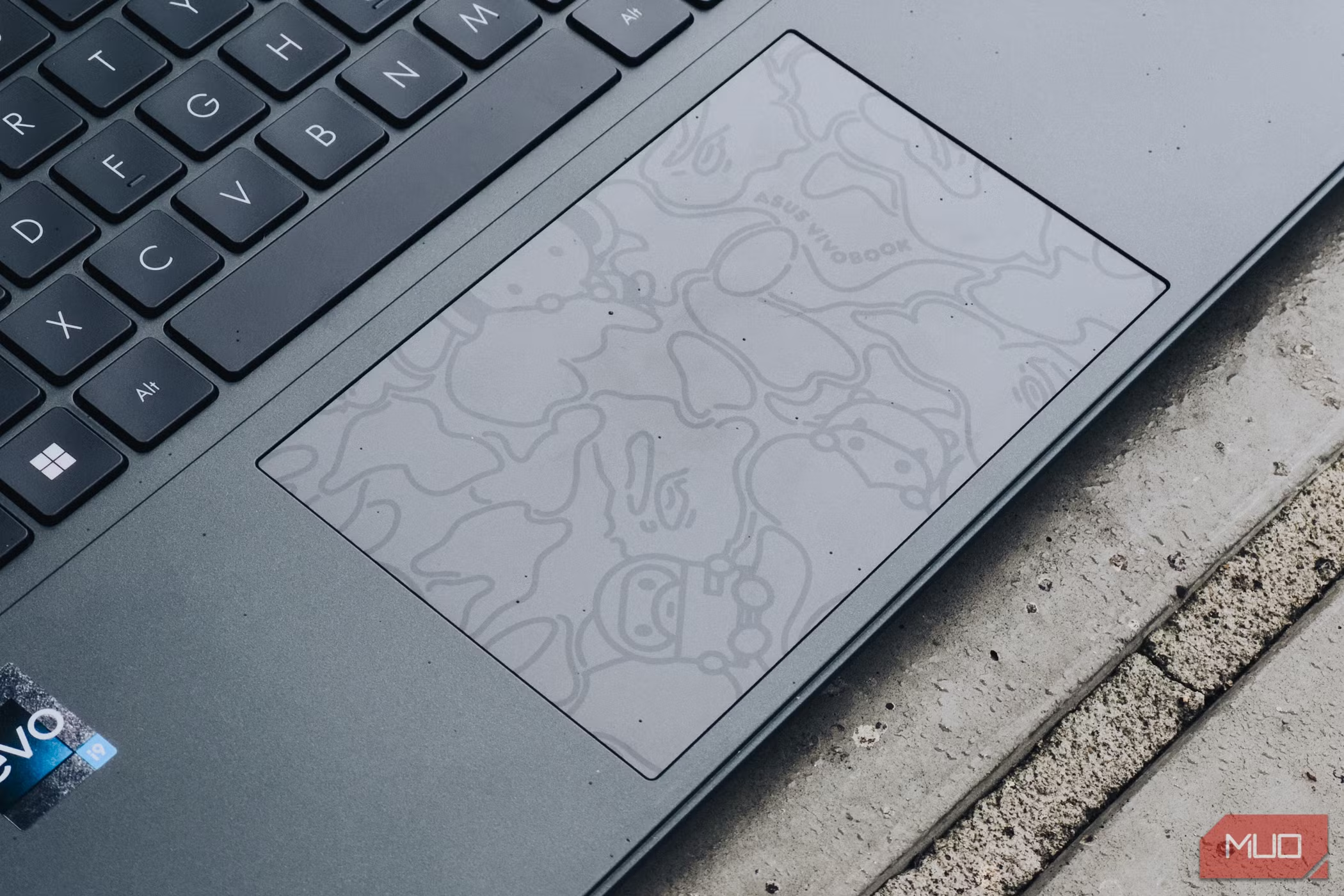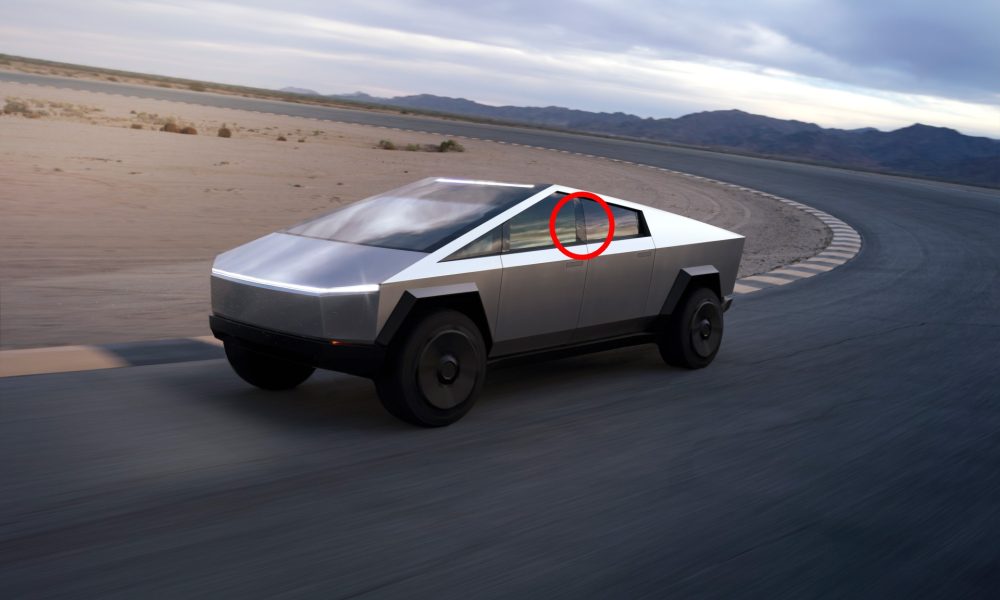Torn between the newly launched Nintendo Switch 2 and the Steam Deck series? We’re here to help.
Although the Nintendo Switch 2 and Steam Deck OLED are examples of the best game consoles currently available, the two offer a multitude of differences that may make one more suitable than the other. With that in mind, which console should you buy?
To help you decide, we’ve compared the Nintendo Switch 2 to the Steam Deck series, including both the original and Steam Deck OLED, below.
Price and Availability
Eight years after the launch of the Nintendo Switch, the Switch 2 was finally made available in June 2025 and has an RRP of £395/$449.99. This price is for the console, dock and two detachable controllers, alongside all the cables you need. Not included is a MicroSD Express card, Nintendo Switch Online membership or a USB-C camera.
The Steam Deck launched in 2022 with prices currently starting at £349/$399 for the 256GB model. The Steam Deck OLED arrived back in 2023 and is available with 512GB of storage for £479/$549 or 1TB for £569/$649.
The Steam Deck Docking Station is sold separately and costs £69/$89.
Design
- The Nintendo Switch 2 is a slightly more versatile console, and designed to be played in three different ways
- Switch 2 is thinner and weighs less than both the Steam Deck and Steam Deck OLED
- Both Steam Decks support microSD cards
Although the Nintendo Switch 2 doesn’t look too dissimilar from either the Steam Deck or Steam Deck OLED, thanks to its hybrid form, there are many differences between them.
Firstly, the Nintendo Switch 2 is made up of a 7.9-inch tablet and two magnetically detachable Joy-Con controllers that fit into a 4K-supported docking station, which connects via HDMI into a TV.

The touchscreen tablet itself is equipped with two USB-C ports, a redesigned game card slot, a 3.5mm headphone jack and a newly designed kickstand to hold the console up when in tabletop mode.
All of these nifty features mean the Switch 2 is designed to be played one of three ways: handheld, tabletop or TV modes.


Although the Steam Deck series doesn’t come equipped with a dedicated TV dock, a kickstand or two controllers for easy multiplayer gaming, it can be connected to a TV or monitor via its USB-C port. Plus, you can buy a dedicated TV dock separately.
Otherwise, at 669g, the Steam Deck is undoubtedly a heavy gaming console, while the Steam Deck OLED is slightly lighter at just 640g. Both sport the same bulky dimensions, which means they’re a pretty big device to carry around for portable gaming. In comparison, the Switch 2 weighs just 535g.


Finally, alongside the Steam Deck’s USB-C port, both Steam Decks are fitted with a headphone jack and a microSD slot for expanding storage. The Switch 2, on the other hand, no longer supports microSD cards, so anyone who needs additional space will need to invest in a pricier microSD Express card instead.
Winner: Nintendo Switch 2
Controls
- Nintendo Switch 2 has two detachable Joy-Cons, which sport a few updates from their predecessor
- Both Switch 2 and Steam Decks have a touchscreen
- Steam Deck and Steam Deck OLED use the same Xbox-style button layout
There are a couple of ways to control the Switch 2: its touchscreen display, the Joy-Con 2s and a Switch 2 Pro controller, the latter of which is sold separately. The new Joy-Con 2s sport a few updates from their predecessor, which we go into in more detail in our dedicated Joy-Con 2 vs Joy-Con guide.
As an overview, the new Joy-Con 2s are larger, boast a new C-Button that opens up the new GameChat feature and can even be used like a mouse in certain titles. Otherwise, each Joy-Con is fitted with a joystick and four buttons for gameplay.


Unlike the Switch 2, the Steam Deck doesn’t have removable controllers and instead is controlled by its Xbox-style button layout, alongside triggers and rear paddles. It does, however, also sport a touchscreen display.
Winner: Nintendo Switch 2
Screen
- No OLED option on the Switch 2
- Switch 2 has a larger display at 7.9 inches, compared to 7.4 inches of the Steam Deck OLED and 7 inches for the Steam Deck
- Switch 2 has HDR support in compatible games
When we first learned the Switch 2 was going to sport an LCD screen rather than an OLED, we were initially disappointed. However, it’s fair to say the Switch 2 has won us over. Not only is it 7.9 inches now, compared to 6.2 inches on the OG, but it’s also a 1080p screen too, which supports refresh rates of up to 120Hz in certain games.


In comparison, the Steam Deck is available as an OLED model, which looks visually stunning compared to its predecessor. Even so, neither the Steam Deck OLED’s 7.4-inch screen nor the Steam Deck’s seven-inch LCD display benefits from a Full HD resolution like the Switch 2, and makes do with a lower 1280×800 resolution.


Neither Steam Deck offering quite reaches the Switch 2’s 120Hz refresh rate either, with the OLED sporting up to 90Hz while the original model only reaches 60Hz.
Winner: Nintendo Switch 2
Performance
- An unnamed custom process from Nvidia powers the Switch 2
- Steam Deck runs on 7nm AMD APU while Steam Deck OLED runs on 6nm AMD APU, with both unable to handle highly demanding titles
- Steam Deck OLED comes with up to 1TB of storage
Although Nintendo has never been one to compete with the likes of Microsoft or Sony for performance, its processor does offer some solid power. However, other than the fact it’s a “custom process” from Nvidia, the ins and outs of the chip are mostly kept under wraps.
The Steam Deck series instead runs on AMD APU, with the OLED iteration running on 6nm architecture while the original runs on 7nm. Even so, AMD has retained the same Zen 2 CPU and RDNA 2 GPU, so there’s no real difference in performance.
With this in mind, neither Steam Deck can play intense titles, with some games not even able to boot up without crashing. This is an issue we have yet to find with the Switch 2 and its dedicated game library.


Where the Steam Deck OLED takes the lead is with its built-in storage. While the original Steam Deck and the Switch 2 come with just 256GB capacity, the OLED is available in both 512GB and 1TB models. Plus, with microSD support, it’s easy to expand your storage even further.
As we touched upon earlier, the Switch 2 no longer supports standard microSD cards and, instead, will require a microSD Express card. At the time of writing, there are just two sizes of microSD Express in the UK: 128GB and 256GB, with the latter starting at around £50.
Winner: Nintendo Switch 2
Games and Software
- The Switch 2’s interface is basically unchanged from the Switch
- SteamOS powers Steam Deck and is a simple and slick operating system
- Steam Deck offers support for third-party gaming systems, like Xbox Game Pass
One of the biggest reasons you might choose the Steam Deck over the Nintendo Switch 2 (and vice versa) is due to their respective gaming libraries.
The Steam Decks’ operating system, aptly named SteamOS, is much slicker than Windows 11 on the Asus Rog Ally X, and allows users to install cross-platform games and streaming apps. Plus, almost all games on the storefront have a rating for Steam Deck compatibility, which means you won’t be caught out with an unplayable title.


Even with this in mind, it’s worth noting that the Steam Deck does become a bit fiddly when you want to play non-Steam titles.
Otherwise, the Switch 2 is backwards compatible with games made for the original Switch, with some OG titles benefitting from updates to ensure a better gameplay experience.


If you’ve used any version of the original Switch series, then you’ll be familiar with the Switch 2’s interface, as it’s essentially unchanged.
Winner: Steam Deck
Battery Life
- Neither the Nintendo Switch 2 nor Steam Deck series offer impressive battery
- Nintendo Switch 2 struggles to surpass two hours
- Steam Deck can last longer on less-intensive games
With basically all handheld gaming consoles, battery life is dependent on the game you’re playing. Having said that, the Steam Deck OLED performs better than its rivals thanks to its more power-efficient AMD chip.
We concluded that battery life on the Switch 2 is simply “poor”, as it could only last for around two hours before needing a recharge. It’s a similar story with the Steam Deck, which struggled to surpass two hours in AAA games.
However, in less intensive titles, all consoles should last for a bit longer. For example, we found that the Steam Deck OLED could play Football Manager with maxed-out performance settings for over four hours and 40 minutes, while Stardew Valley lasted five hours on the original Steam Deck too.
Winner: Steam Deck
Verdict
Choosing between the Nintendo Switch 2 and either iteration of the Steam Deck will likely boil down to the types of games you’d like to play. For example, if you want access to more titles across multiple platforms, then you’d definitely be better off with a Steam Deck. However, if you’re an avid Mario fan, then a Switch 2 is for you.
Otherwise, as the Switch 2 is more portable (although ensure you carry a power bank around with you), has three playing modes and offers a better screen resolution, then it’s an easy recommendation.
On the other hand, if you want a more mighty handheld that sports an OLED display and access to more games, then you couldn’t go wrong with the Steam Deck OLED.










